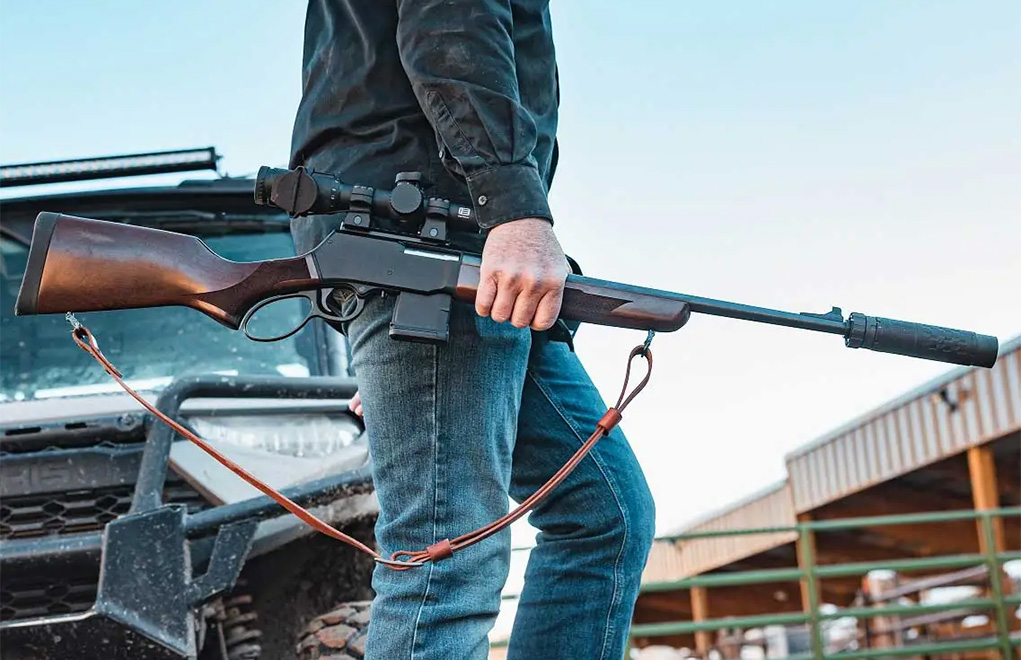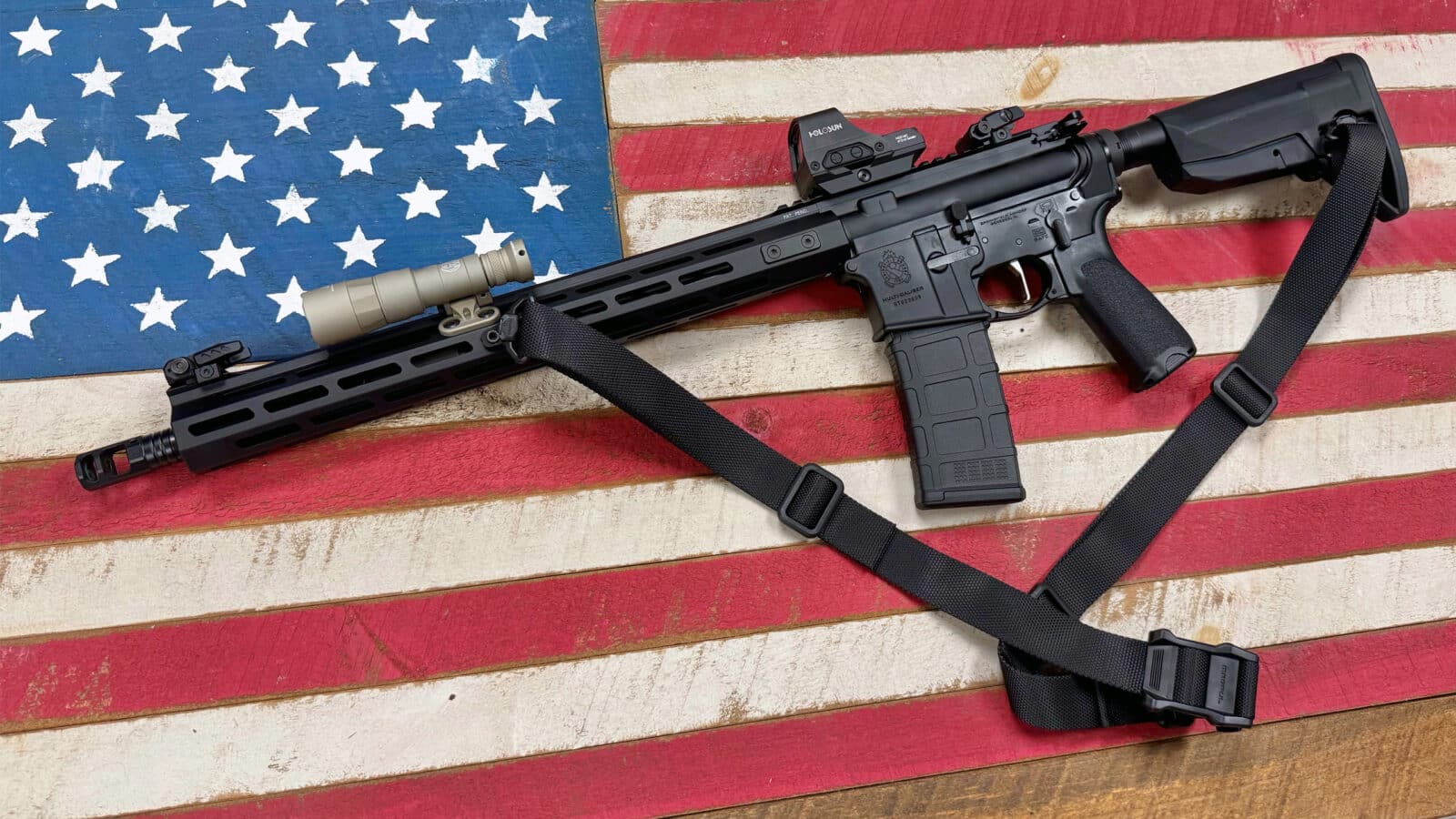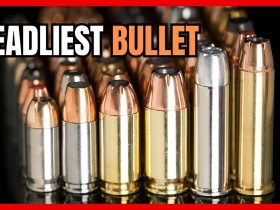The body cannot go where the mind has not been. Decisions must be made prior to physical actions. Such decisions are based on processed information relevant to the task at hand. The world of shooting performance requires exceptionally rapid processing time, which in turn expeditiously demands immediate input of relevant information.
Relevant information is the prime mover of performance shooting. It is the precise alignment of data, context and application that transforms raw facts into actionable items. By focusing only on what matters—what directly addresses the scenario, solves the technical problem, or inspires a course of action—relevant information cuts through the noise, saving time and precious shooter bandwidth. Its importance lies in its power to readily present clarity amid complexity, foster the shooter’s own trust through accuracy and repeatability and ultimately drive performance.
The shooting environment—whether combative or competitive—regardless of location or conditions is saturated with tremendous amounts of information. Relevance is not just a filter; it is the compass that guides the shooter toward successful outcomes. Knowing what to focus on and what to disregard is critical to maintaining efficiency and control under pressure producing the desired byproducts of speed and accuracy.
Processing Power Gets Results
Incoming relevant information begins with the technicality of the target itself. Critical questions such as “Is this a shoot or no-shoot target?” guide the initial assessment. If it’s a shoot target, additional factors like distance, size, movement and penalties for a miss must be evaluated. Single or multiple targets require decisions about the number, acceptable accuracy and order of delivered rounds. This is an immense amount of information to process, often within the blink of an eye, and it must all be synthesized to achieve the desired outcome in short order.
Incoming information must be germane to the specific shot and processed in a manner that derives the most appropriate and effective shooting solution. For example, the type of visual verification required for sighted fire depends on the technicality of the target. At closer distances a simple flash of color with a carry optic system is good enough, whereas at greater distance the dot may need to be more stable. Shooting at the 5-yard line demands less refined fire control compared to the precise trigger press and hold required for a surgical hit at the 35-yard line. Every element of the shot must be tailored to the technical demands of the task at hand.
After the first shot, the next critical bracket of inbound relevant information describes the firearm’s behavior. Did the firearm perform as expected? Did you observe the sighting system rise and recover perfectly, describing a 6:00-to-12:00 motion? Was there any additional or foreign input influencing round placement? Which wheel fell off and when? Based on this data, the shooter is tasked with understanding both cause and remedy.
Understanding the behavior of the gun during recoil, the timing of trigger resets, quality of hold and the acceptable arc-of-wobble for the shot’s technicality provides a roadmap for correction and repeatability. This diagnostic process also involves understanding grip mechanics, structural support and pressure consistency among other fundamentals. All errors inevitably stem from a compromised shooting fundamental.
You Can’t Fix What You Can’t See
Did your grip pressure or position shift? Did you lose alignment or was there a breach in the structural integrity of your firing platform? Identifying such influential factors is vital because you can’t fix what you can’t see. Skilled shooters develop the ability to see exactly what they need to see—relevant information dictating their every physical reaction.
Best practices call for prioritizing incoming relevant information. Once the decision to shoot is made, the highest priority is maintaining alignment and fire control consistency throughout the entire shooting process for that string of fire. Any information that does not directly contribute to rapid and accurate round placement is considered irrelevant.
The cost of failing to collect and process relevant information is time. Mental discipline and focus are what separate high performers from the rest, as extraneous input consumes valuable bandwidth and unrecoverable time. A shooter only has a fraction of a second to observe, data process and execute, so the efficient use of available bandwidth is paramount.
Good information leads to good decisions, which, when processed correctly, result in better performance. However, the process of collating and organizing relevant information is as much an art as it is a science. Seasoned shooters embed this process into their subconscious, allowing them to perform seamlessly.
Less skilled shooters, however, may struggle as they consciously juggle more information than their bandwidth can handle, potentially leading to errors and inefficiencies.
Relevant information is the lifeblood of shooting performance, dictating the quality of decisions, actions, and results. From initial target assessment to post-shot diagnostics, every action item hinges on the ability to prioritize and process information effectively. The capacity to filter out noise and focus on only what matters is what separates the good from the very best.
Read the full article here


















Leave a Reply